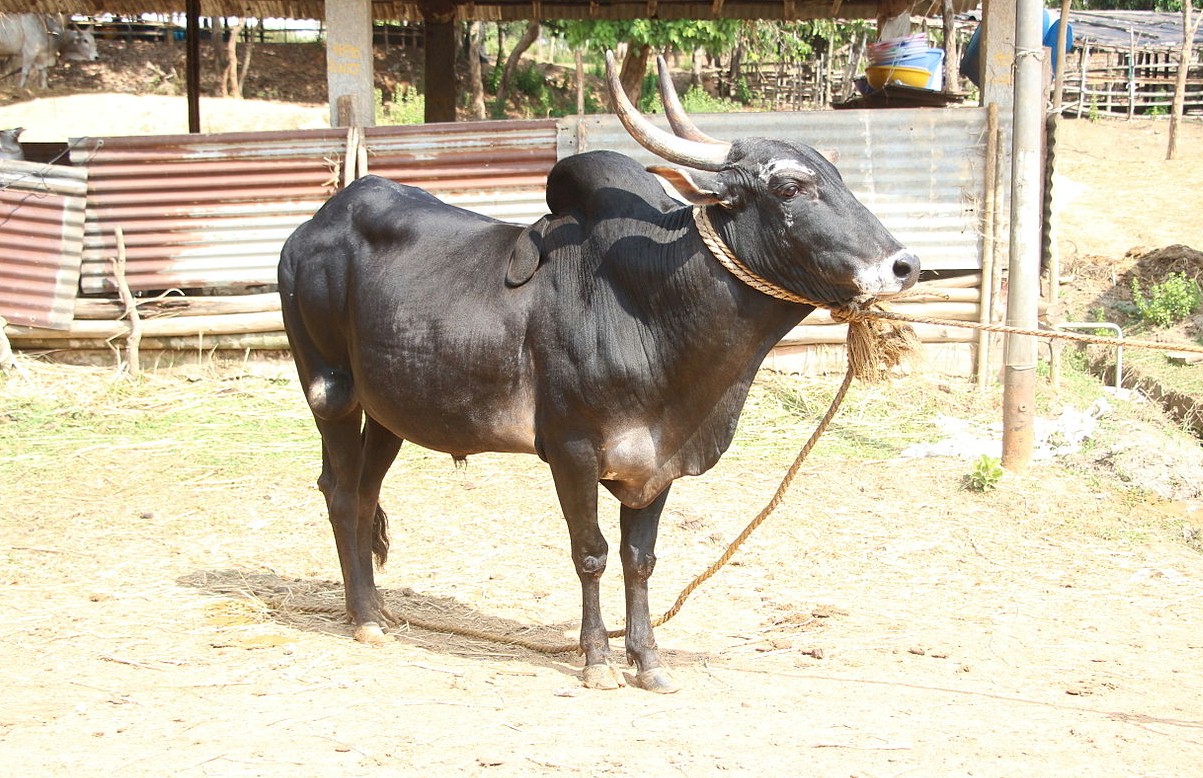Hallikar cattle are native to the state of Karnataka, India. They are one of the premier draft cattle breeds in India. They are often raised by the families who have specialized in production of Hallikar cattle for over a hundred years.
Currently the breed is more common in the traditional Hallikar belt of Mysore, Mandya, Hassan and Tumkur districts of South Karnataka.
The Hallikar cattle is one of the two breeds, along with Amrit Mahal which have received the royal patronage and care from the erstwhile sultans and princely state of Mysore through conservation and development.
The breed is said to have originated from the Amrit Mahal cattle breed. The Department of Posts, Government of India has commemorated the Hallikar cattle breed by releasing a postage stamp in its name in the year 2000 A.D. Read more information about the breed below.
Hallikar cattle are smaller sized animals with moderate to long height and medium size of the body. They are generally white to gray in color and occasionally black complexions.
There are white markings or irregular patches around their eyes, cheeks, neck or in the shoulder region are also found. Both bulls and cows have horns. And their horns are long, vertical and backward bending.
The bulls have large humps, while the cows have relatively smaller humps than the bulls. Young breeding Hallikar bulls have dark shade on shoulder and hindquarters.
Content and Photo Source: Wikipedia.org.
